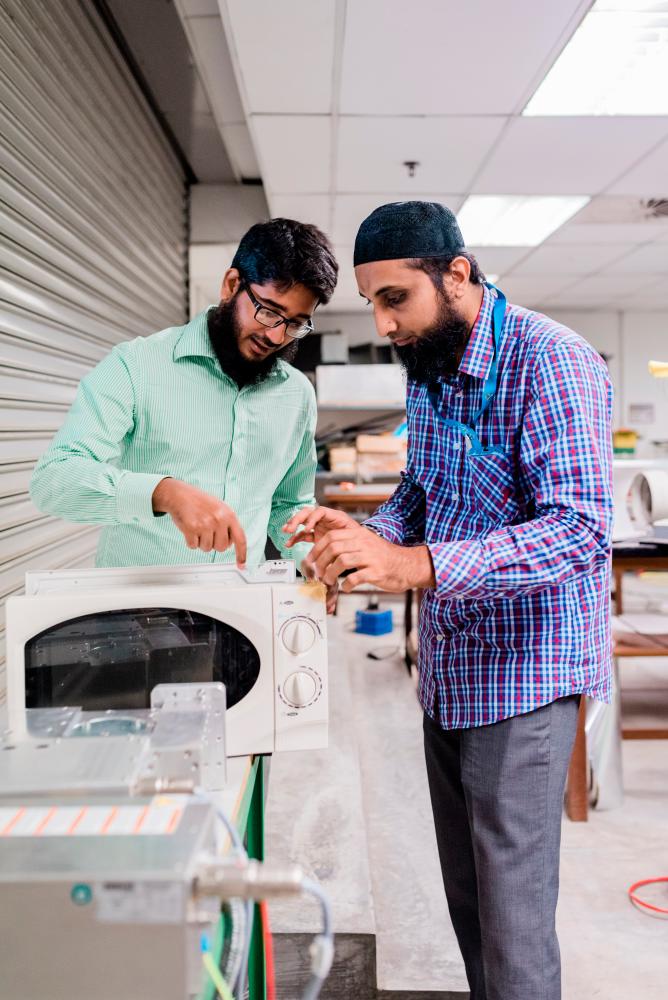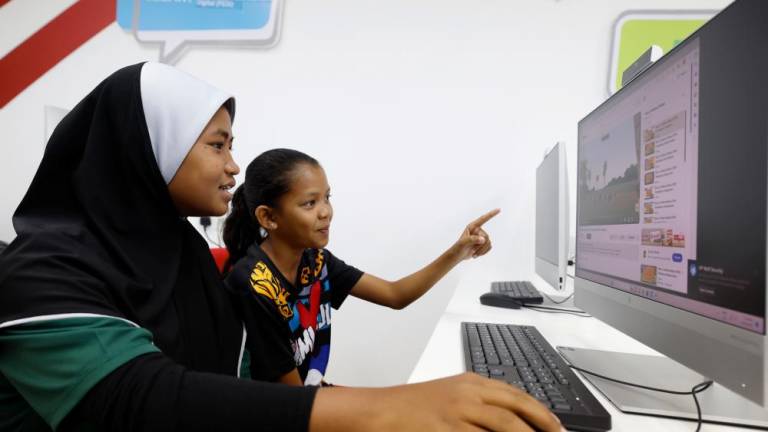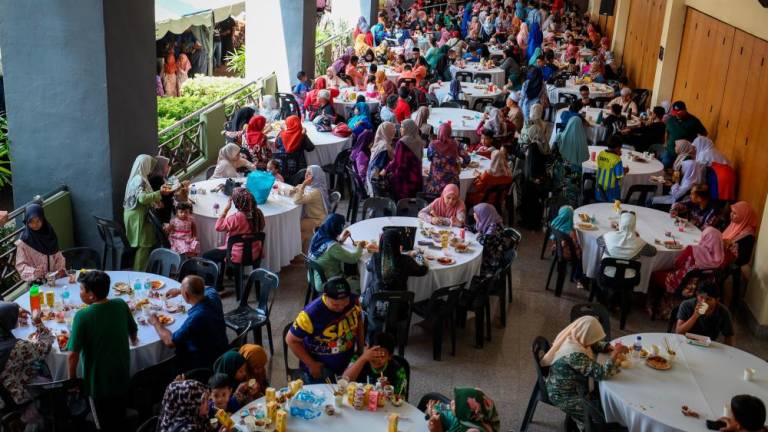THE sun lies at the heart of our solar system and is the source of all life on Earth. It mainly creates two types of energy - thermal and electrical energy. Solar energy is easily harnessable in various ways, and it is inexpensive and clean. Above all, it is a renewable power source that will never run out. Using a photovoltaic (PV) solar panel is one of the most common methods of capturing and converting solar radiation into electricity.
For decades, so many technologies have been leveraging on solar power. The transportation sector is no exception. Shanghai was the first city in the People's Republic of China to generate electricity for the city's electric buses using a rooftop PV system on the bus depot.
According to Dr Arshad Adam Salema from the School of Engineering, Monash University Malaysia, the transportation sector in Malaysia consumes about 40% of the total energy demand in the country. The road transport accounts for almost 85 per cent of greenhouse gas emissions because conventional vehicles are still using fossil fuels as their primary energy source, producing nearly 70 million metric tons of carbon dioxide (CO2) per year.
Electric buses, which run exclusively on electric batteries, were employed to reduce carbon emissions. Even though these buses are clean on the road and do create pollution, the battery needs to be charged with electricity. The Malaysia electricity grid is highly dependent on fossil fuel (coal and natural gas) and hydro, with a small percentage of renewable energy. Therefore, the electric buses, when charged using the grid, actually contributed to carbon emissions indirectly.
"Electric buses do not contribute to carbon emissions on the road, but when they are charged using electricity from power plants which are fueled by fossil fuels such as coal and natural gas, ultimately they indirectly impact the environment," Dr Arshad stated.
In 2015, the European Environmental Agency (EEA) stated that the road transport sector was the most significant contributor to total nitrogen oxides and the second-largest emitter of black carbon. Europe introduced the Euro VI standard, which is a more stringent emission limit for hydrocarbons, particulate matter and nitrogen oxides.
"An electric bus in Malaysia consumes about 1.2 kWh/km electricity, which contributes to around 0.85 kgCO2/km. The bus generates almost the same amount of CO2 as a vehicle powered by a Euro VI diesel engine. Therefore, an electric bus powered by electricity is still not sustainable and we need to look for alternative sources of energy," Dr Arshad stated.
It takes about three hours to charge an electric bus. Typically, there is a spike or demand in electricity while charging the electric vehicles or buses and thus increases the consumption of current. This increases the Maximum Demand charge, in addition to the regular cost for units of electricity.
"We are paying RM0.365 per kWh for regular electricity. The Maximum Demand charge can go up as high as RM30.60 per kW. This will increase the operation cost of the transport industry. One of the methods to reduce the Maximum Demand is by using solar energy," Dr Arshad shared.
Dr Arshad's project focuses on a sustainable solution for the electric bus transport system in Malaysia using solar energy. The project will showcase for the first time a viable solution to develop an integrated low-carbon township in Bandar Sunway.
"Based on our investigation, the bus depot consumes a significant amount of electricity to charge the buses. There are about 12 buses in operation at this depot. Eight buses are used during peak hours and four during off-peak hours. Ultimately, the depot charges about six buses at night and four during the day. This results in high Maximum Demand, increasing both the operational cost as well as the carbon emissions. The long term sustainable solution to run the electric bus depot is by implementing the solar PV plant on the rooftop of the depot", Dr Arshad said.
By this way, we can compensate for the electricity consumption of the electric bus depot. It is estimated that the carbon emission of the electric bus will reduce to 0.17 kgCO2/km. In the long term, a 540 kWp solar power plant can offset about 11,243 tonnes of CO2 for a life span of 25 years.
Dr Arshad proposed an eco-friendly large-scale solar power plant project for the electric bus transport system via a smart private-government-industry partnership to develop a low carbon smart township. This is in alignment with the United Nation Sustainable Development Goals (SDGs) - a blueprint to achieve a better and more sustainable future for all. The project is in its commercial-stage now and due to be completed by September 2020. The project can become a role model for other bus depots and transportation systems in Malaysia as well as to other ASEAN countries.













